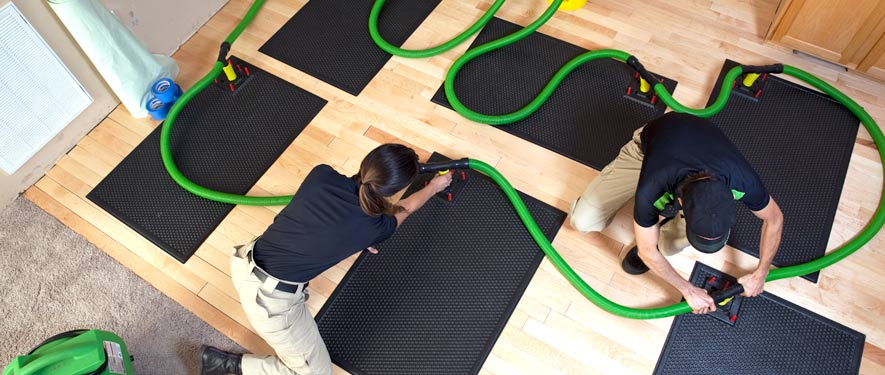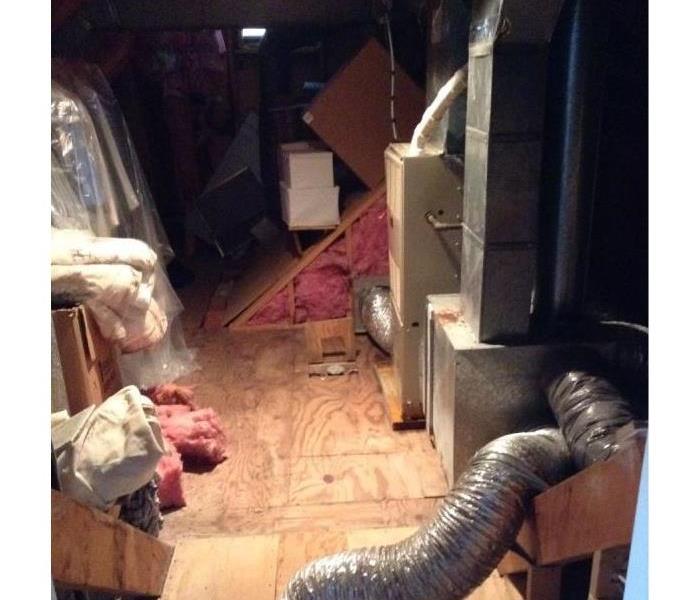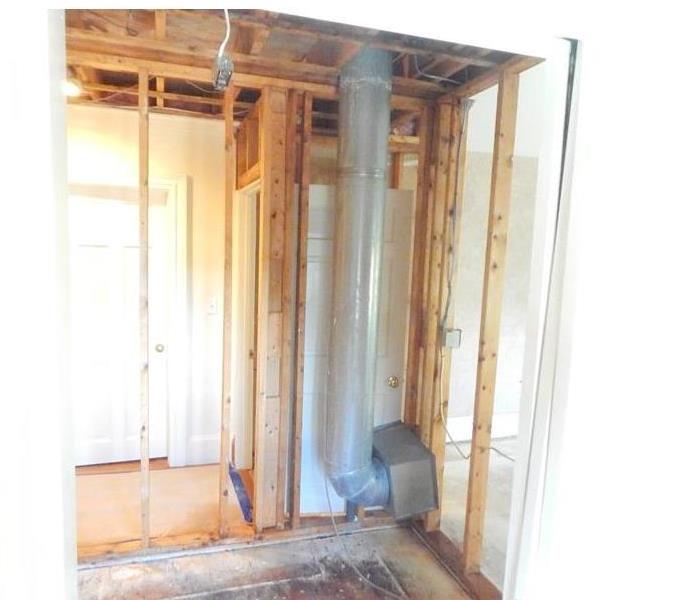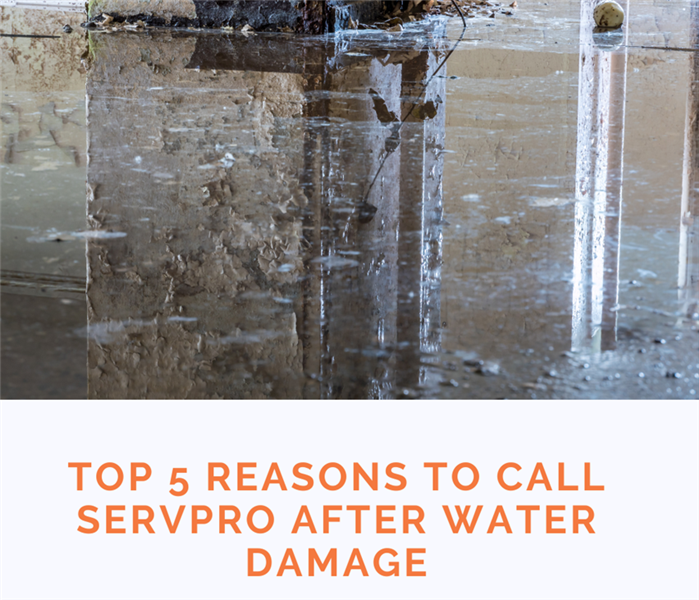
Step 4: Drying and Dehumidification
Our Water Damage Restoration Process
After extracting excess water, surfaces like floors and walls may seem dry, but a closer inspection often reveals they are still wet. This is because most building materials, such as wood, drywall, and flooring, are porous and capable of retaining water.
Failure to thoroughly dry these materials can result in significant damage, including deterioration, warping, and mold growth. Therefore, it's essential to address moisture beyond what is immediately visible.
SERVPRO of Foxborough understands the importance of comprehensive drying procedures. Our team employs specialized equipment to detect and eliminate hidden moisture. By ensuring that all affected areas are properly dried, we can prevent further damage and mitigate the risk of mold.
If your property has suffered water damage, trust SERVPRO of Foxborough to provide expert restoration services. We are committed to restoring your property to its pre-damage condition quickly and effectively, ensuring your peace of mind.
Drying / Dehumidification
Our Professionals will use room measurements, temperature, and relative humidity to determine the optimal number of air movers and dehumidifiers to dry your home or business. We’ll carefully monitor the progress using moisture meters until the materials return to acceptable drying goals.
- Use Dehumidification Equipment
- Use Monitoring Equipment to Track Progress
Monitor Floor and Walls
We check the moisture levels to monitor the drying process.
- Monitor Floors
- Monitor Walls
Drying Equipment
- Industrial-grade dehumidifiers help prevent secondary water damage like swelling and warping of floors, walls, and furniture.
- High-speed air movers create airflow across walls, carpets, pads, and furniture, which accelerates the evaporation of moisture.





 24/7 Emergency Service
24/7 Emergency Service





